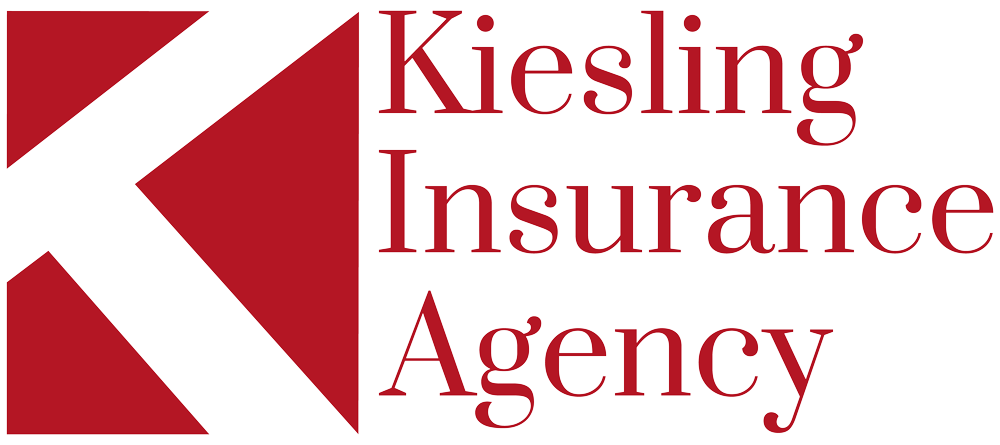At-Fault Vs No-Fault Accidents With Auto Insurance

When it comes to auto insurance, understanding the difference between at-fault and no-fault accidents is crucial. These terms refer to the way insurance claims are handled when a car accident occurs. In this blog post, we will explore the definitions of at-fault and no-fault accidents and discuss how they impact auto insurance coverage and claims.
1. At-Fault Accidents:
An at-fault accident, also known as a liability accident, occurs when one driver is deemed responsible for causing the accident. In these cases, the at-fault driver’s insurance company is responsible for covering the costs of damages and injuries to the other party involved in the accident. The at-fault driver’s insurance will typically pay for medical expenses, property damage, and other related costs up to the policy limits.
It’s important to note that in at-fault accidents, both drivers’ insurance companies will investigate the accident to determine who is at fault. This determination is often based on factors such as witness statements, police reports, and evidence from the accident scene. If the at-fault driver’s insurance company determines that the other driver is partially or entirely at fault, they may seek to recover some or all of the costs from the other driver’s insurance company.
2. No-Fault Accidents:
In contrast to at-fault accidents, no-fault accidents refer to situations where each driver’s insurance company is responsible for covering their policyholder’s damages and injuries, regardless of who caused the accident. No-fault insurance systems require drivers to carry personal injury protection (PIP) coverage, which pays for medical expenses, lost wages, and other related costs regardless of fault.
The goal of no-fault insurance is to expedite the claims process and reduce the number of lawsuits resulting from car accidents. It allows policyholders to receive compensation for their damages and injuries without having to prove who was responsible for the accident. Under no-fault insurance systems, each driver’s insurance company would handle their own claims, regardless of fault.
It’s important to note that not all states have a no-fault insurance system. Some states follow a traditional fault-based system, while others have a modified no-fault system that combines elements of both fault and no-fault insurance.
3. Impact on Auto Insurance Coverage:
Understanding whether your state operates on a fault-based or no-fault insurance system is essential for selecting the right coverage options for your auto insurance policy. In fault-based states, it is crucial to have adequate liability coverage to protect yourself financially in case you are found at fault in an accident. This coverage will help pay for the other party’s medical expenses, property damage, and legal fees if a lawsuit arises.
In no-fault states, personal injury protection (PIP) coverage is typically mandatory. This coverage pays for your medical expenses, lost wages, and other related costs, regardless of fault. Additional coverage options, such as collision and comprehensive coverage, are also available to cover damages to your own vehicle.
4. Making Insurance Claims:
Regardless of whether you are involved in an at-fault or no-fault accident, it is essential to report the incident to your insurance company as soon as possible. Provide them with all the necessary details, including the names of the other parties involved, witnesses, and any relevant documentation, such as a police report. Your insurance company will guide you through the claims process and work with the other parties’ insurance companies to negotiate settlements, if necessary.
Summary
Understanding the difference between at-fault and no-fault accidents is crucial for navigating the complexities of auto insurance coverage and claims. In at-fault accidents, the responsible driver’s insurance company is responsible for covering the damages and injuries of the other party, while in no-fault accidents, each driver’s insurance covers their own costs, regardless of fault. By knowing the rules and regulations of your state regarding fault and no-fault insurance, you can make informed decisions when selecting and utilizing your auto insurance coverage.
Need an Insurance Agency in Aubrey, TX?
Our team here at Kiesling Insurance Agency understands that the insurance process can be overwhelming. Making sure you are adequately covered is one of the most important things you can do for yourself and your family. As your trusted advisor, our mission is to make sure that the things that are most important to you are covered: your family, home, cars, toys, and business. We have a team of licensed professionals ready and available to help with your insurance program. Our goal is to help you understand your coverages and to tailor a program to meet your specific needs and protect your family. Give us a call today!

